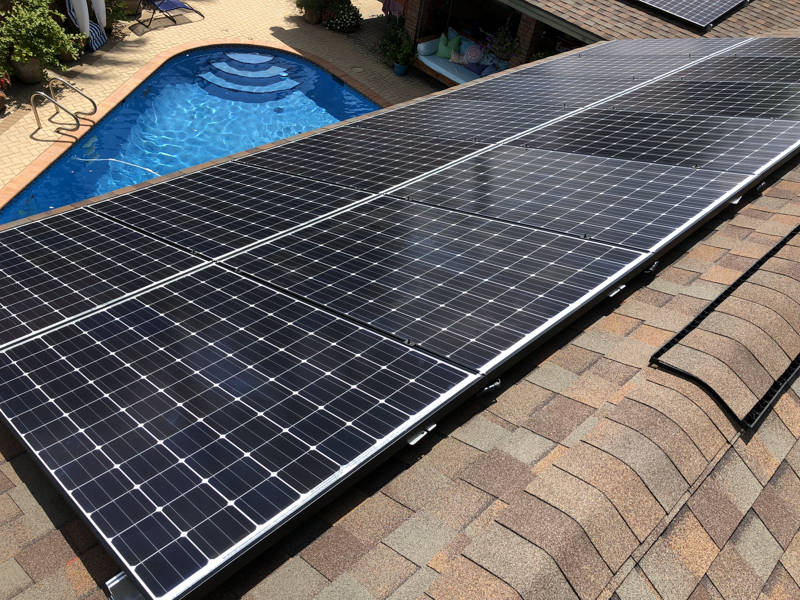
To understand how do solar panels work, we have to know that solar panels are composed by cells. These photovoltaic cells are electrical devices that convert energy of light directly to electricity with the photovoltaic effect.
Solar panels can be composed by 60 or 72 cells each. Well, then what’s the difference? Are they more powerful? The most notable difference is that 72-cell solar panels have just 12 cells more. That’s it.
The 60-cell solar panels were originally designed for grid-tied systems.
As technology advances, so as solar energy appliances.
Now, it is possible to use 60-cell panels on off-grid systems.
Still to this day, when it comes to grid-tied solar panels, which are the number one option for residential solar energy, 60-cell panels are more common. Nevertheless, it’s a myth that 72-cell panels are only for commercial use. They don’t require special hardware or extra labor to install them since they are only a bit bigger and heavier.
They do require, on the other hand, less racking rail, fewer electrical connections and fewer clamps. This makes them cheaper to install on a large scale, and the home solar installation takes less time overall because the system will contain less panels and thus, less electrical connections.
The panel value, however, is indeed a good point to consider.
Diving the price of the panel by the rated panel output (on watts) will tell you how valuable your panel is, regardless of size. Solar panel efficiency in residential solar panels or commercial use can be measured with the best cost-per-watt option that fit well on the space you’re going to install your solar panels.
If you want to seize your solar energy to the maximum, overall system cost according to your needs is what matters. If you still don’t know much you consume and can save click here to get a free quote today! www.txsolarsystems.com/free-estimate
